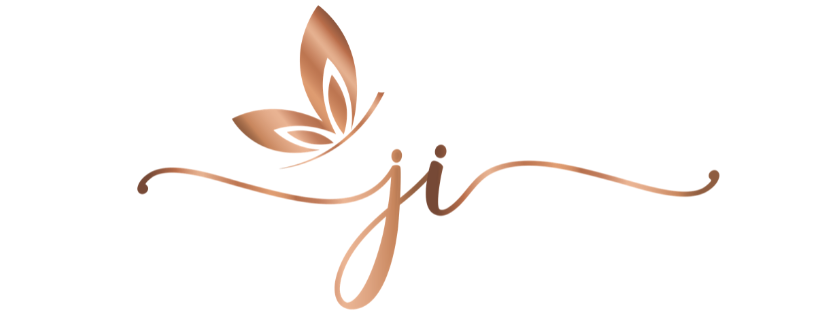With a touch of reservation, I will add to the “must see” museum category the Kuwait House for National Works Not To Forget Museum Saddam Hussain Regime Crimes (aka, Kuwait House of National Memorial Museum, aka “Do Not Forget Museum”) – and if ever there was a need for an acronym, I think this is it. But, unlike the Tareq Ragab or al-Athar Islamiyyah museums, do not go expecting Islamic wonders and never-before-seen treasures. “Do Not Forget” is all about Saddam’s invasion and the revival of the diorama.
Now I don’t fault Kuwait for never wanting to forget; it’s certainly something that needs to be remembered. But I think they could have done it with a little less kitch and horror. In sum, this museum is a 9th grade diorama project, coupled with hideous photos of burned and tortured victims of Saddam Hussein, and culminating in the head of Saddam’s infamous statue.
First off, getting there was a test of true patience and fell well within the “just how much do you want this” category. But for those of you who really want to go, even after reading the following, you take Gulf Road all the way around towards the Port, past the NBK building as the road turns and then right before it merges onto the Coastal Road, take the u-turn and you’ll actually see a sign for “Kuwait House of National Memorial Museum”. After the u-turn make your first right and look for the cannons out front on the right. And note that like most other Kuwaiti museums, they’re closed from noon to 4pm, so plan accordingly.
The museum starts you off with a walk through a dark windy hallway, with a loud speaker spouting the narration of the invasion and subsequent war. With each progressing scene, a diorama is illuminated in turn, culminating with fire-fights and eventual victory. I wasn’t sure whether to bring the baby through this, but the kind Egyptian running the “show” turned down the blaring narration so I pushed the stroller through, keeping her well ahead of the explosions and light shows. It wasn’t gory, just loud, but I would definitely not bring children who might be frightened by the dark or loud noises or who might just be artistically offended by the silly little dioramas.
At the end of the dioramas, you end up at the back of a theater. We weren’t sure where to go, but headed towards one of the doors and then found ourselves in another hallway. This lead us through a nice tribute to many of the 38 countries that assisted Kuwait in Desert Storm. Then it ended, and lead to another hallway housing some astounding photos of the destruction around Kuwait, as well as some horrific photos of the victims, including children. There were still no signs indicating any exit, and the only door, other than the one we came through at the far end, was at the opposite end of a side room entitled “The Iraqi Regime Crimes.” This was lined floor-to-ceiling with photos of atrocities I just didn’t want to see, so I raced through it with the stroller and found myself outside at the front door of the museum.
It felt very final, like, “Thanks for coming, here’s the exit, have a nice day.” However, I knew from the tourism-blog-searches that I had done, that the whole reason for coming here was to see Saddam’s head. So, without really thinking, I said, apparently rather loudly, “But where’s the head?” To which, a Kuwait man on his cell phone peered around the corner at me and casually indicated we should go through the unmarked door in front of us.
So, much like Alice, we entered the next tunnel of the rabbit hole and found ourselves in another room surrounded by more horrendous photographs. After zipping past them, we then found ourselves in a long hallway. At one end were three life-sized dioramas/rooms depicting, what I’m assuming were, Saddam’s men torturing more victims.
But then, glancing down at the far end I could see perched slightly askew on some 2x4s on the ground was Saddam’s bronze head. As a conclusion to the rather surreal experience on the whole, it somehow seemed fitting. But at the same time, also seemed a bit of a let down. Regardless, I can guarantee you that we will never forget the “Do Not Forget Museum,” which in the end is really what matters.








